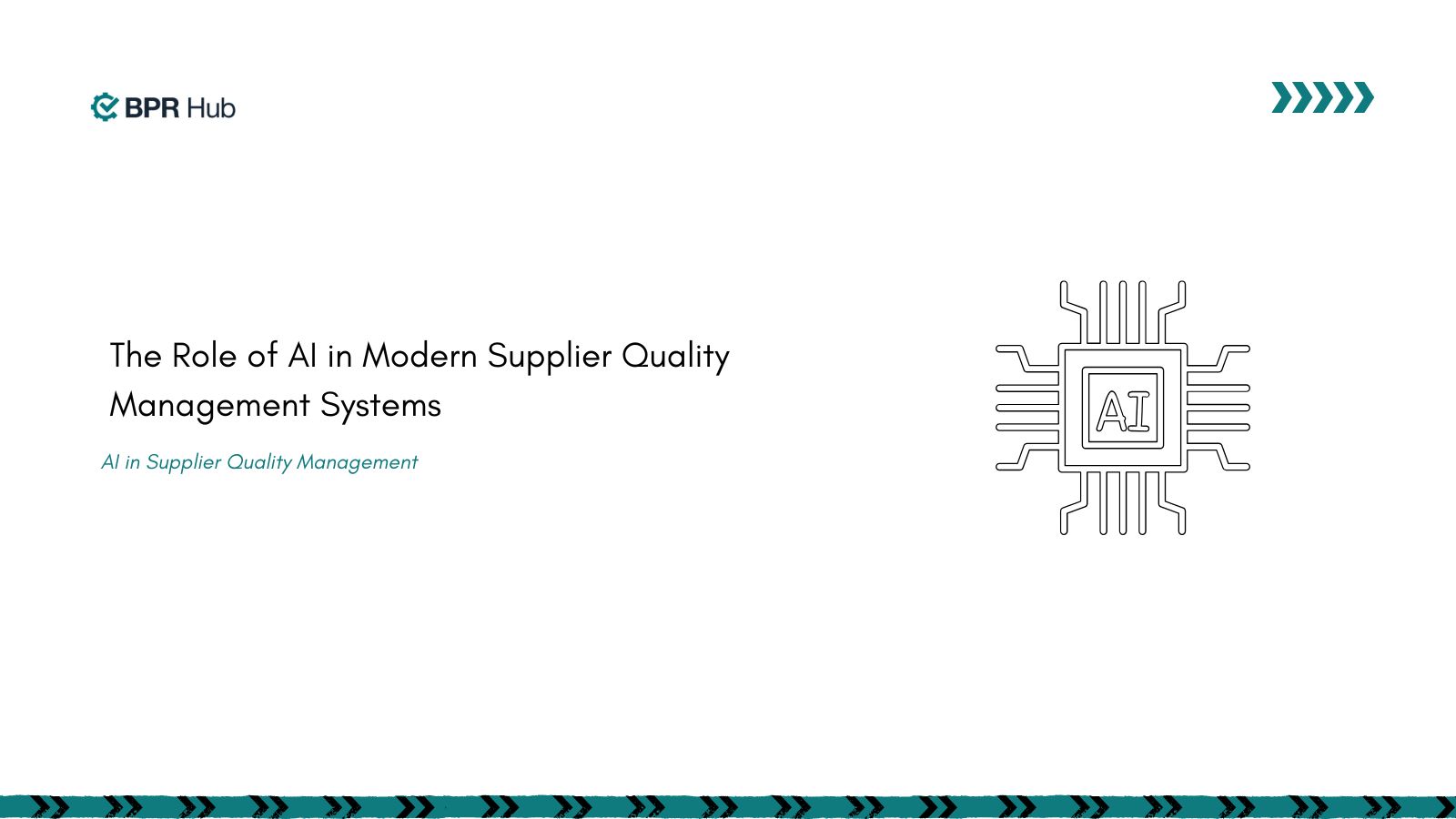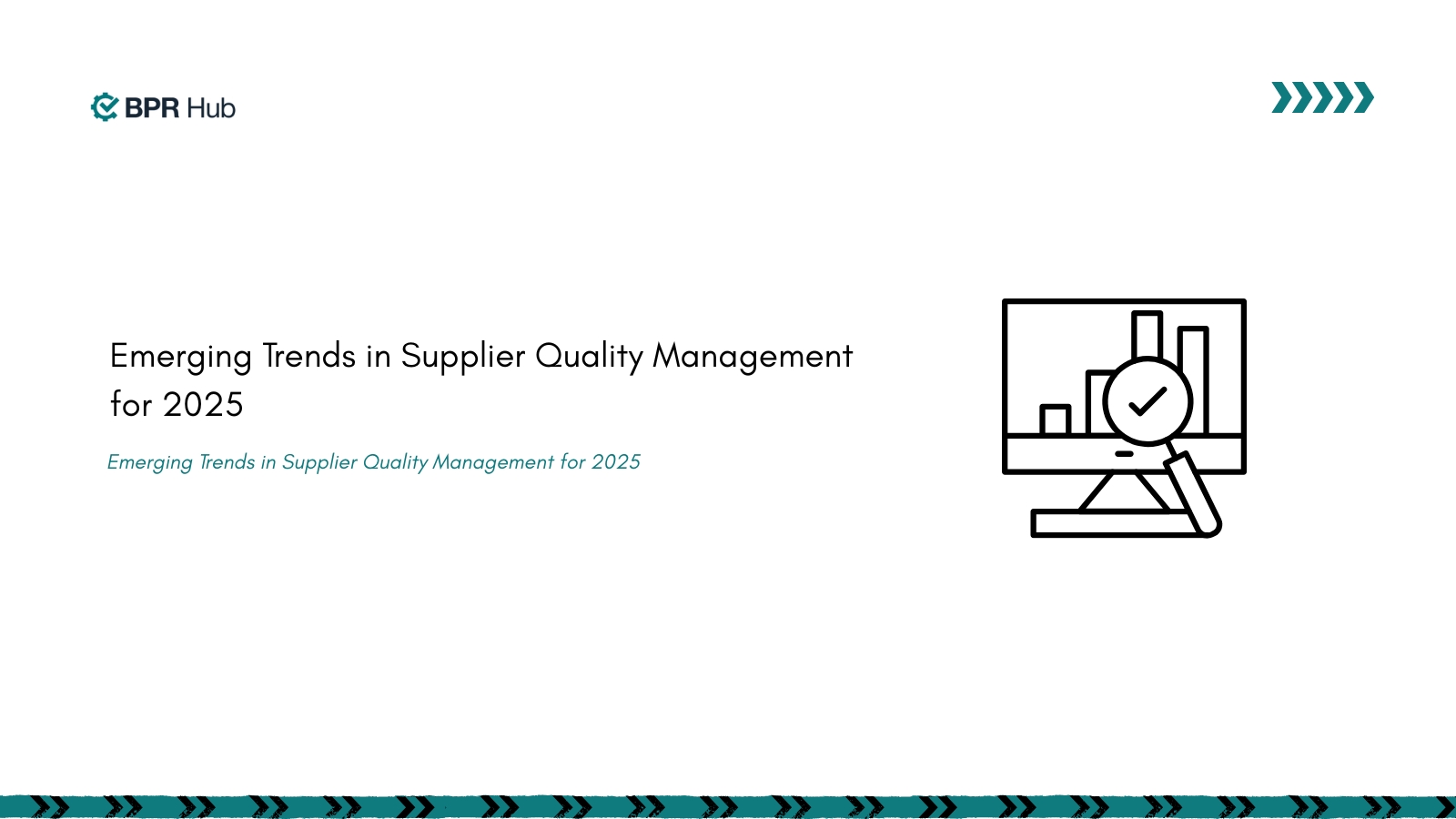The COVID-19 pandemic exposed critical gaps in global healthcare systems, including the need for faster regulatory responses to emerging medical technologies. In the European Union, this urgency drove advancements in the European Medical Device Nomenclature (EMDN), ensuring that medical devices are effectively classified and regulated.
With over 500,000 medical devices registered in the EU, the growing complexity of technologies like AI-based diagnostics and pandemic-related innovations—such as rapid COVID-19 tests—demanded a more dynamic framework. In response, the February 2024 EMDN update introduced a structured annual revision process and a flexible ad hoc update mechanism.
This blog will break down the most important European Medical Device Nomenclature updates, the purpose of updation, and their impact.
Purpose of the European Medical Device Nomenclature (EMDN) Compliance Updation
The European Medical Device Nomenclature is a standardized system for classifying medical devices within the European Union. Regular updates to EMDN compliance are essential to align with evolving medical technologies and regulatory requirements. These updates ensure that device classifications remain accurate, facilitating effective regulatory oversight and enhancing patient safety.
The most recent update was published in February 2024, as detailed in the Medical Device Coordination Group (MDCG) document MDCG 2024-2, titled "Procedures for the updates of the European Medical Device Nomenclature."
This update introduced a structured, four-phase annual revision process. Additionally, a pilot procedure for expedited, ad-hoc updates was introduced, allowing competent authorities and notified bodies to request new codes under specific circumstances.
This structured approach aims to enhance the accuracy and relevance of device classifications, ensuring they keep pace with technological advancements and regulatory requirements.
Groups Involved in European Medical Device Nomenclature Compliance Updation
The EMDN compliance update process is a collaborative effort involving key stakeholders:
- The European Commission oversees the process
- Medical Device Coordination Group (MDCG) provides strategic guidance
- The Nomenclature Working Group evaluates proposed updates, ensuring alignment with regulatory standards.
- Manufacturers
- Notified bodies
- Healthcare professionals who contribute feedback to address practical needs and emerging challenges.
This collaborative effort ensures the nomenclature remains accurate, adaptable, and aligned with evolving technological advancements. By maintaining this level of precision and flexibility, the industry benefits from improved standardization, while patient safety continues to be prioritized.
With this foundation in place, let’s take a closer look at the key updates to the EMDN and how they impact both manufacturers and healthcare providers.
Annual Revision Procedure for Medical Devices Nomenclature Compliance
The annual revision procedure for European Medical Device Nomenclature compliance, introduced in the February 2024 update (MDCG 2024-2), has standardized and streamlined the way medical devices are categorized and maintained within the European Union. This procedure ensures the EMDN remains accurate, relevant, and aligned with advancements in medical technology, regulatory requirements, and public health needs.
Four-Phase Annual Revision Process
The new annual revision procedure follows a structured timeline, ensuring transparency and efficiency throughout the process. Below is an overview of the four phases:
Request Collection (January)
- Stakeholders, including manufacturers, notified bodies, and healthcare providers, submit their feedback and requests for changes or additions to the EMDN via a dedicated platform.
- These submissions may include proposals for new categories, modifications to existing classifications, or suggestions to improve nomenclature clarity.
Evaluation and Analysis (February–July)
- The Nomenclature Working Group reviews the collected requests.
- Technical assessments are conducted to evaluate the feasibility, necessity, and impact of the proposed changes.
- This phase includes consultation with subject matter experts to ensure that decisions are grounded in scientific and regulatory best practices.
Validation and Endorsement (August–October)
- After evaluation, validated proposals are submitted to the Medical Device Coordination Group (MDCG) for review.
- Endorsed changes are prepared for inclusion in the updated nomenclature, ensuring they meet the regulatory objectives outlined in the MDR and IVDR.
Final Approval and Publication (November–December
- The finalized updates are approved and published and will be effective from the next calendar year.
- This structured timeline gives stakeholders sufficient notice to adapt their processes to the revised nomenclature.
Ensure seamless adherence to the EMDN annual revision process with BPRHub’s Standard Hub, a centralized platform for managing multiple standards track updates, keeping you aligned with the latest regulations.
The annual revision ensures consistency in medical device nomenclature compliance, but immediate updates are sometimes necessary for emerging technologies or regulatory changes. This is where the ad-hoc update process steps in, offering a flexible approach to keeping nomenclature current. Let’s take a closer look.
Ad-Hoc Update Process
The 2024 updation has introduced a pilot ad hoc update process, addressing the need for flexibility in responding to emerging challenges and rapid technological advancements. Unlike the structured annual revision cycle, the ad hoc process allows critical updates to be implemented outside the yearly schedule, ensuring that the EMDN remains current and aligned with industry needs.
When Are Ad-Hoc Updates Triggered?
Ad-hoc updates are initiated under specific circumstances, such as:
- Emerging Technologies: When new medical devices or technologies do not fit existing classifications, new categories are created.
- Public Health Emergencies: Urgent updates are required to address global health crises, such as the introduction of devices used in pandemic responses.
- Critical Gaps in Classification: Identified inconsistencies or gaps that could impact regulatory compliance or market access.
Steps in the Ad-Hoc Update Process
Submission of Requests
- submit requests to competent authorities, notified bodies or manufacturers for changes via the European Commission’s designated platform.
- Requests must include a justification, supporting data, and an explanation of the urgency.
Evaluation by the Nomenclature Working Group
- The Nomenclature Working Group reviews the requests to determine their feasibility, impact, and compliance with regulatory frameworks.
- Consultation with subject matter experts to ensure accuracy and relevance.
Validation and Implementation
- Validated proposals are endorsed by the Medical Device Coordination Group (MDCG) and fast-tracked for publication.
- Changes are communicated to stakeholders via official updates to EUDAMED.
Key Benefits of the Ad-Hoc Process
- Enhanced Responsiveness: Ensures the nomenclature adapts to evolving technologies and public health needs without delay.
- Improved Regulatory Clarity: Reduces uncertainty for manufacturers introducing innovative devices.
- Increased Safety and Oversight: Supports quicker classification updates for devices critical to healthcare delivery.
Stay ahead with BPRHub’s Audit Hub, streamline ad-hoc update requests, ensure compliance, and minimize delays with real-time insights and expert support tailored to your regulatory needs.
Impact on Manufacturers
These changes aim to simplify compliance, enhance transparency, and facilitate better integration with regulatory systems like the European Database on Medical Devices (EUDAMED). However, adapting to these updates requires manufacturers to stay informed and proactive. Major impacts are:
- The new ad-hoc process ensures that future challenges can be addressed proactively, minimizing regulatory bottlenecks.
- For manufacturers, the predictable timelines and clear submission processes reduce uncertainty, making compliance simpler and faster.
- Manufacturers can request new codes or revisions through streamlined feedback channels.
- Integration with EUDAMED improves data tracking, traceability, and audit efficiency.
- Enhanced classifications strengthen reporting and risk management for post-market surveillance.
- Adapting to updates may require system upgrades, staff training, and increased administrative effort.
- Staying compliant builds trust, showcasing a commitment to safety and innovation.
- Early adoption of updates gives manufacturers a competitive edge in the market.
Effortless European Medical Device Nomenclature Compliance with BPRHub
The updated European Medical Device Nomenclature (EMDN) guidance and procedures clarify precision and flexibility in device classification and compliance. However, understanding and implementing these changes while managing regulatory requirements can be complex.
BPRHub offers expert support to medical device manufacturers, ensuring compliance with ease and efficiency. With real-time analytics, live compliance data integration, and automated updates and alerts, manufacturers can quickly adapt to regulatory changes. BPRHub also streamlines EUDAMED alignment, minimizing errors and saving time.
Its automated workflows reduce paperwork and enhance operational visibility, while customized training ensures your team stays confident and efficient. By improving post-market surveillance and reducing manual errors, BPRHub empowers you to focus on innovation while meeting compliance demands with ease and precision.
From real-time analytics to automated alerts, start with BPRHub for expert support in managing EMDN nomenclature updates.
FAQ’s
1. What is the new IVD regulation in Europe?
Ans: The new In Vitro Diagnostic Regulation (IVDR 2017/746) in Europe, effective from May 2022, replaces the previous directive. It enhances safety and performance requirements for diagnostic devices, introduces stricter clinical evidence and post-market surveillance, and improves traceability to ensure patient safety.
2. What is the new EU regulation for medical devices?
Ans: The new EU regulation for medical devices is the EU Medical Device Regulation (MDR 2017/745), which came into effect in May 2021. It strengthens safety, traceability, and clinical evidence requirements while improving post-market surveillance and transparency across the EU.
3. What is the ad-hoc update process introduced in 2024?
Ans: The ad-hoc update process, introduced in 2024, enables urgent changes to the European Medical Device Nomenclature (EMDN) outside the standard annual revision cycle. It allows for quick updates in response to emerging technologies, unforeseen regulatory challenges, or new health crises, ensuring the nomenclature remains relevant and up-to-date.
4. How can BPRHub help with EMDN compliance?
Ans: BPRHub’s Standard Hub simplifies EMDN compliance by centralizing all regulatory updates in one platform. It ensures manufacturers are consistently aligned with the latest EMDN revisions, streamlining the process of staying compliant with evolving medical device regulations and reducing the risk of non-compliance.
5. How does the EMDN update process work?
Ans: The EMDN update process involves four phases: Request Collection (stakeholder feedback), Evaluation (assessment of proposals), Validation (expert review), and Final Approval (publishing approved updates). This ensures transparency and alignment with evolving regulatory standards and industry needs.
Get insights that help you minimize risks and maximize profits.
Dive deeper into manufacturing compliance with our free resources.
We get it, compliance can get tough.
Here are some additional resources to help.
We get it, compliance can get tough. Here are some additional resources to help.
Get updates in your inbox

.svg)
%20(1).svg)


.jpg)


%20(1).svg)

.avif)

